Key Features
Ports16 x Gigabit RJ-45 ports with PoE+; 2 x Gigabit SFP uplink ports
PoE Budget 120 W total on the PoE+ ports
Switching Capacity36 Gbps
Forwarding Rate: 26.78 million 64-byte packets per second (mpps)
Hardware and Memory: 256 MB of flash memory and 512 MB of RAM
16K entries in the MAC Address Table
Stacking
Supports a maximum of 4 units in a stack
Features & Benefits (What Makes It Good)
From IP cameras to wireless access points and VoIP phones, these 16 Full PoE+ ports can power devices directly from the switch.
High throughput and low latency: With 36 Gbps of non-blocking switching capacity, your network will not be a bottleneck.
Two gigabit SFP ports for fiber or other high-speed backbone connections are examples of flexible uplinks.
High-level Layer 3 and traffic control features include static routing (IPv4 and IPv6), VLANs, QoS, link aggregation, and more. Improves internal traffic management and performance.
Built-in security features such as
– 802.1X, DHCP snooping
– IP Source Guard
– Dynamic ARP inspection
It helps to guard against unauthorized access and assaults.
Power-saving and silent – Fanless design; power-saving functions while ports are idle or linked down.
Uses / Ideal Scenarios
- Offices that need a hard-wired PoE+ connection for devices (cameras, phones, APs) without installing individual power
- Branch offices that want rock-solid managed switching with Layer 3 capabilities
- Environments that need isolation of guest networks, VLAN segmentation, and security
- When you need uplink over fiber or need to connect with an existing fiber backbone
Technical Knowledge
- It’s a Layer 3 managed switch, so it will be able to handle inter-VLAN routing without slowing down routers.
- PoE+ is ~30W per port (device-dependent), but you’re limited by the total PoE-power budget (120W), so you’ll have to make a choice about what devices you’ll power.
- SFP uplinks provide flexibility: you can employ fiber modules if you have runs longer than a few meters or want more immunity to electrical noise.
- Fanless design = quieter operation, but also needs to ensure ambient temperature is within spec.
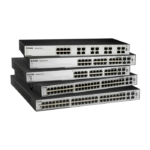
 POE Switch
POE Switch Managed
Managed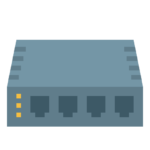 Unmanaged
Unmanaged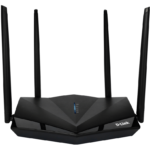
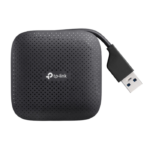

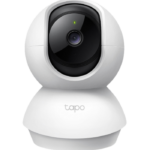
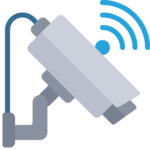 Surveillance Cameras
Surveillance Cameras Security Equipment
Security Equipment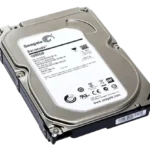



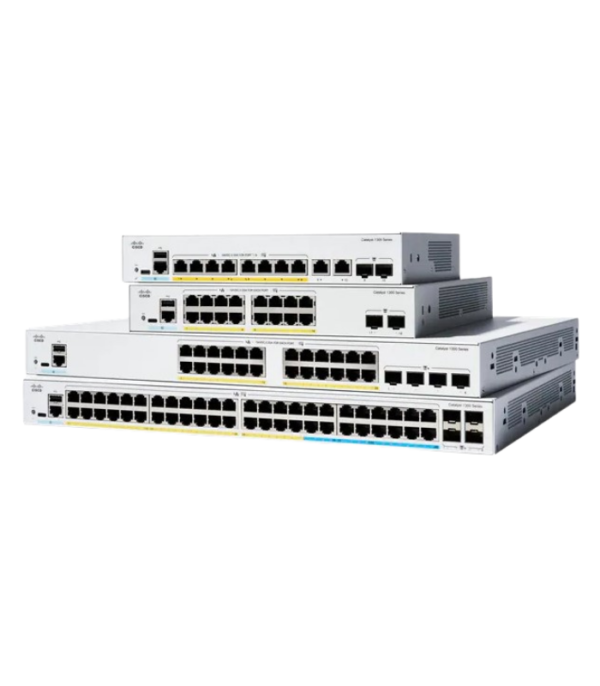

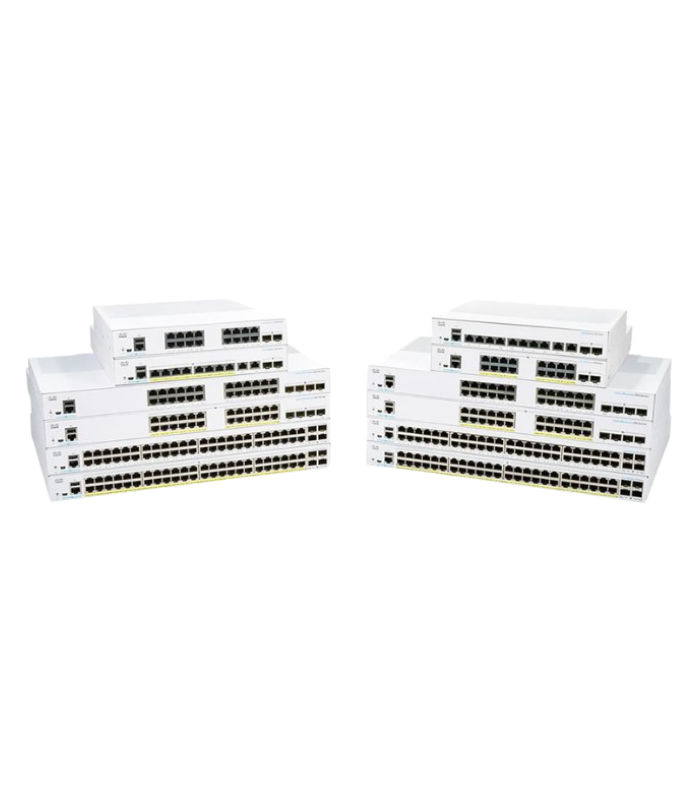

Reviews
Clear filtersThere are no reviews yet.